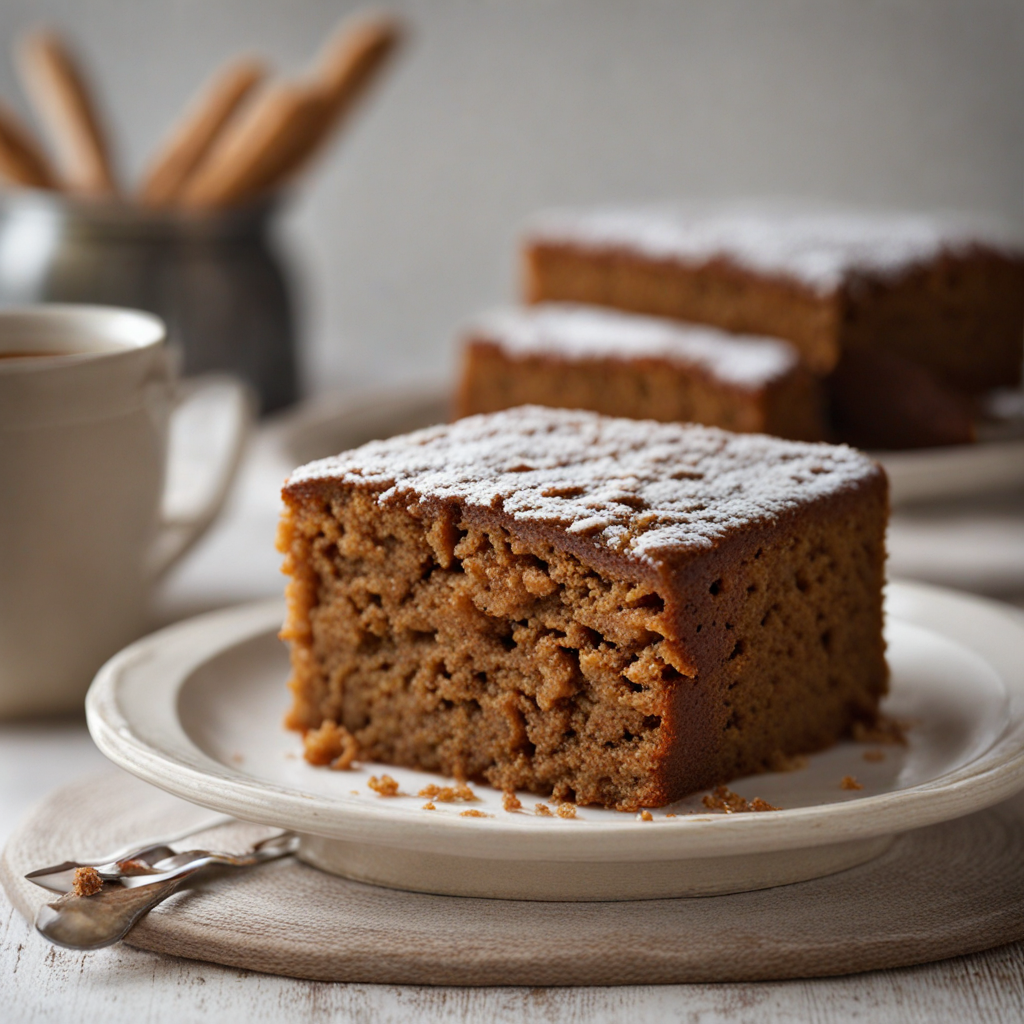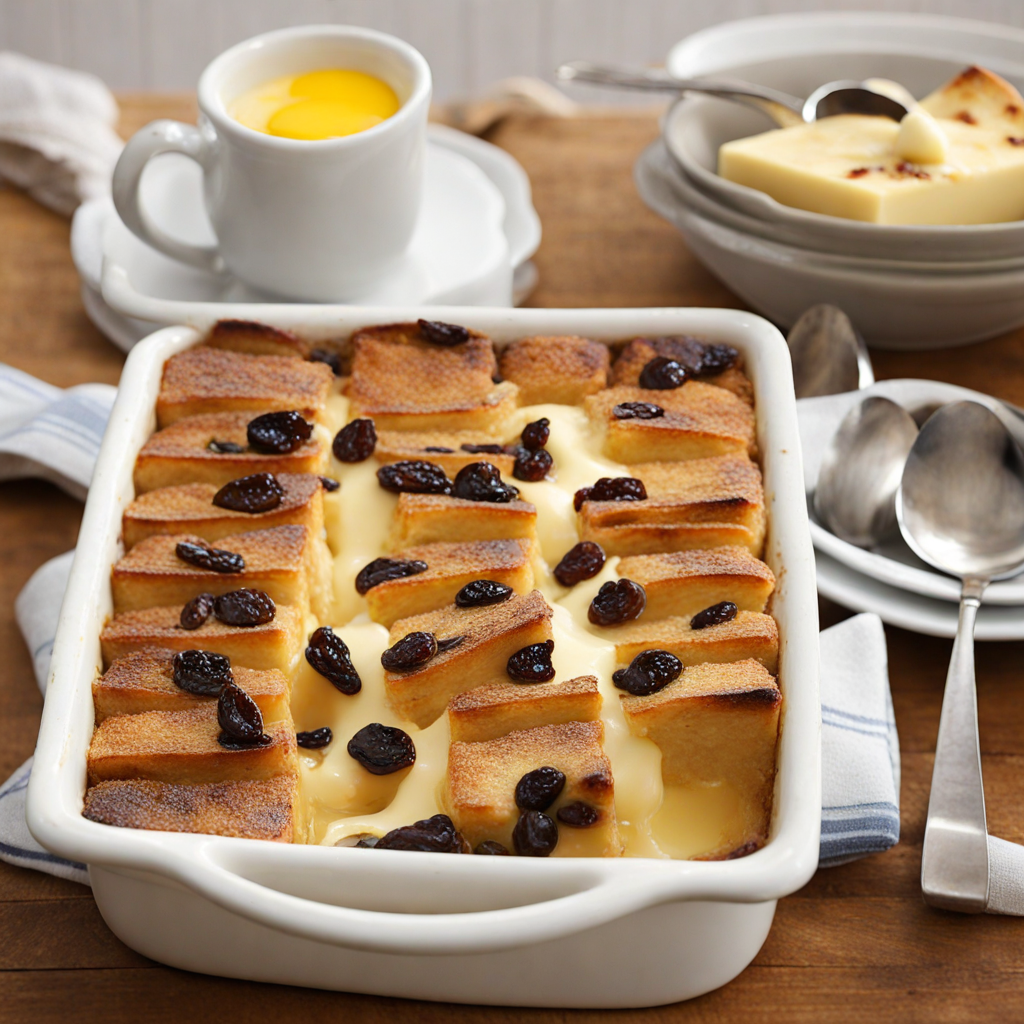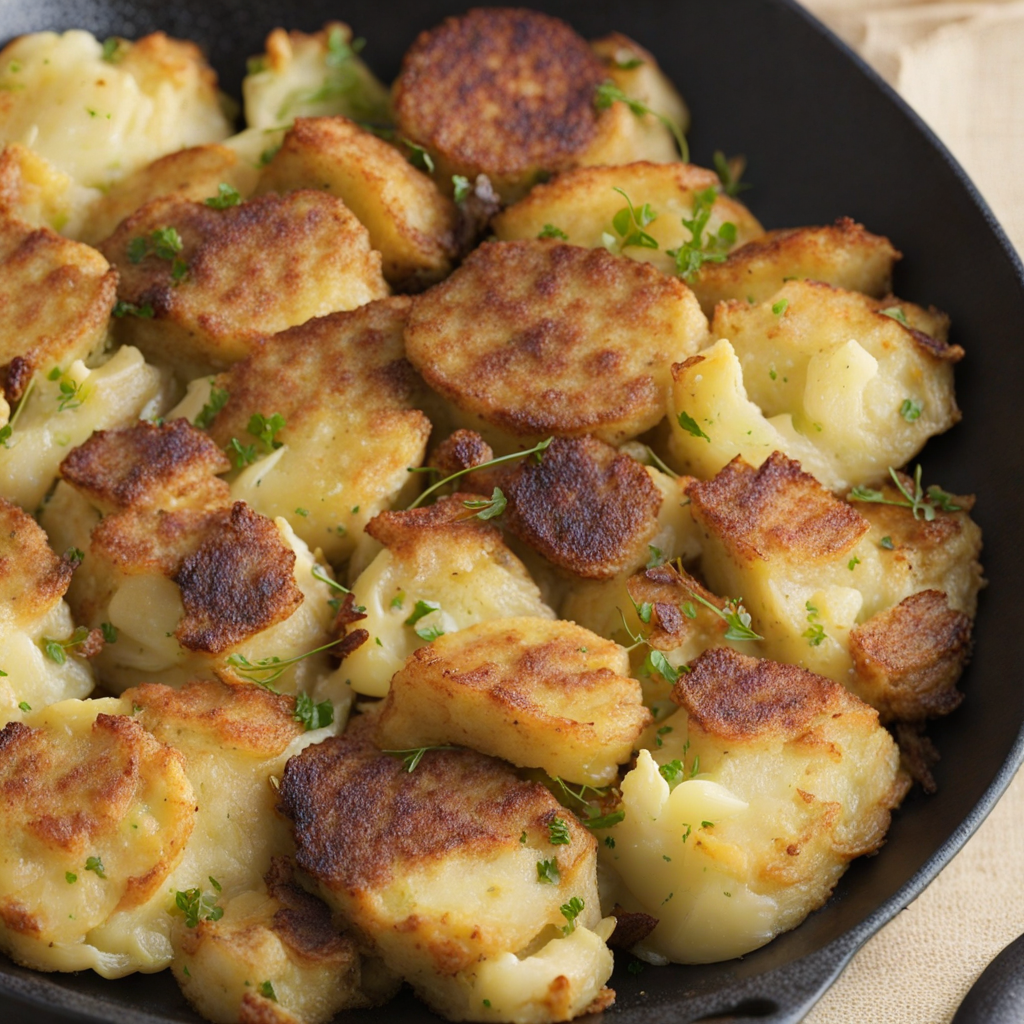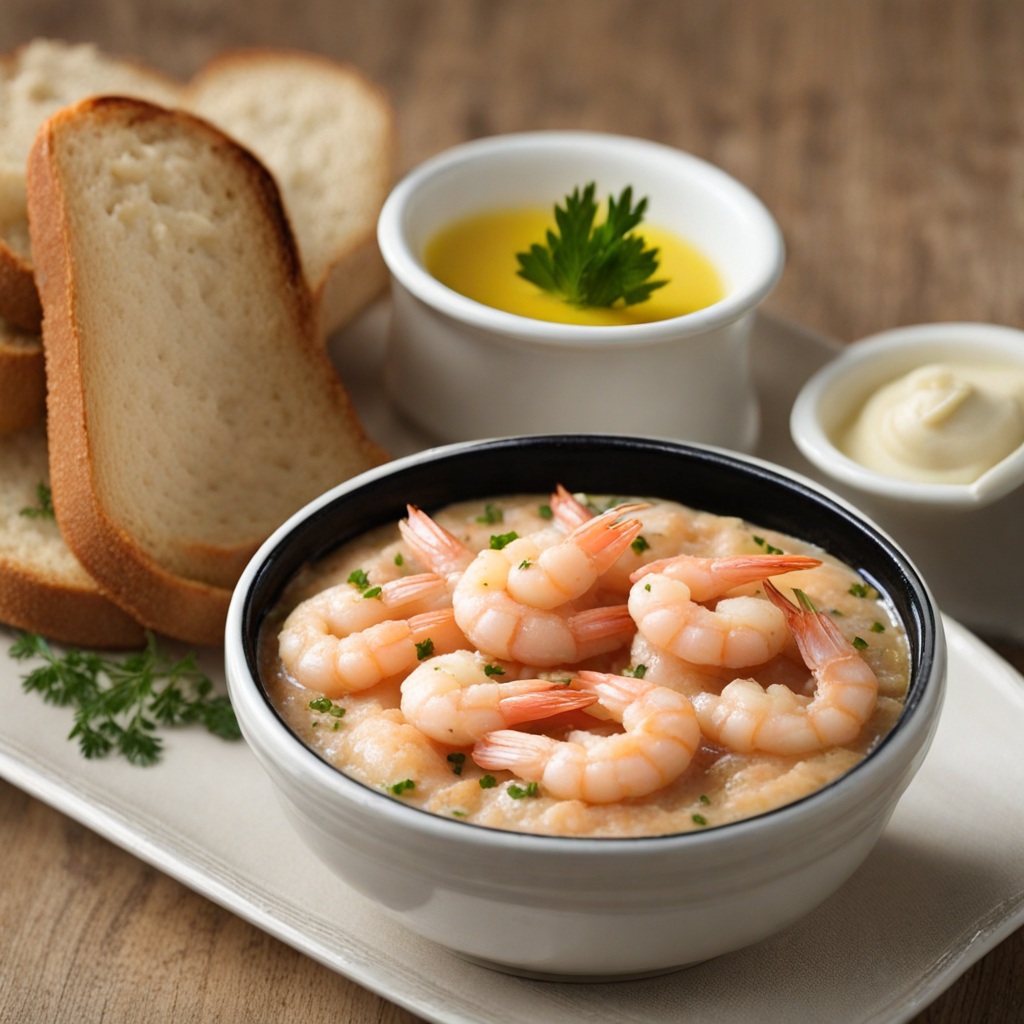Parkin
Parkin is a traditional gingerbread cake hailing from the northern regions of the United Kingdom, particularly Yorkshire. This delightful dessert is known for its rich, moist texture and distinctive flavor profile, which is primarily characterized by a blend of ginger, treacle, and oatmeal. The use of black treacle gives Parkin its dark color and deep, caramel-like sweetness, while the ground ginger adds a warm, spicy kick that tantalizes the taste buds. Often enjoyed during the bonfire night celebrations in November, Parkin has become a beloved staple that embodies the spirit of British comfort food. The preparation of Parkin involves a simple yet rewarding process. The ingredients are typically combined to create a thick batter, which is then poured into a baking tin and left to bake slowly, allowing the flavors to meld beautifully. Once baked, the cake is traditionally allowed to sit for a few days before serving, as this aging process enhances its flavor and texture, making it even more moist and flavorful. When you take a bite of Parkin, you’ll be met with a satisfying chewiness that contrasts with the soft crumb, creating a delightful mouthfeel that leaves you wanting more. Served best at room temperature, Parkin can be enjoyed on its own or paired with a cup of tea for a quintessentially British experience. Some variations of the recipe might include additional spices or even a layer of icing, but the classic version remains a firm favorite. Whether you’re celebrating a festive tradition or simply looking to indulge in a new taste, Parkin offers a warm, nostalgic flavor that is sure to make a lasting impression.
How It Became This Dish
The History of Parkin: A Delightful Slice of Yorkshire Heritage Parkin, a traditional gingerbread cake from the northern regions of England, particularly Yorkshire, has a rich history intertwined with local customs and the agricultural calendar. This unique sweet treat is not just a dessert; it symbolizes cultural identity, seasonal festivities, and the evolution of baking practices over centuries. #### Origins of Parkin The origins of parkin date back to the 18th century, although it is believed that similar recipes existed even earlier. The name "parkin" is derived from "perkin," a term that was historically used to denote a type of gingerbread. The cake's roots can be traced to the agricultural practices of Yorkshire, where oats and treacle were abundant. Originally, parkin was made with oatmeal, ginger, and molasses or treacle, providing a hearty caloric source for farmers and laborers during the long, cold winters. The use of oats is particularly significant; the rugged landscape of Yorkshire made the cultivation of wheat more challenging, and thus oats became a staple in the region’s diet. The combination of oats with the warming spices of ginger and the sweetness of treacle resulted in a dense, moist cake that served as both a treat and a source of sustenance. #### Cultural Significance Parkin is traditionally associated with the festival of Guy Fawkes Night, celebrated on November 5th. This historical commemoration of the foiled Gunpowder Plot of 1605 has evolved into a night of bonfires, fireworks, and communal gatherings. In Yorkshire, parkin became a staple treat during this event, representing warmth and comfort on a chilly autumn evening. The cake itself carries a sense of nostalgia and regional pride. Families often have their own variations of the recipe, passed down through generations. This personal touch speaks to the communal aspect of food preparation and the importance of sharing traditions within families and communities. In the past, parkin was often gifted to friends and neighbors, fostering a sense of camaraderie and connection. #### Development Over Time As time progressed, the recipe for parkin evolved, adapting to changing tastes and available ingredients. By the 19th century, parkin was no longer just a farmer's fuel; it became a beloved delicacy enjoyed by all social classes. The industrial revolution brought about significant changes in food production and consumption. With the advent of baking powder, the texture of parkin began to shift from a dense cake to a lighter version, which became popular in urban settings. The early 20th century saw parkin gaining recognition beyond Yorkshire. Cookbooks began to include recipes, allowing the cake to reach a broader audience. However, the traditional methods remained cherished, particularly in rural communities where the original recipes were kept alive. The rise of the post-war baking culture also played a role in the evolution of parkin, with new ingredients such as self-raising flour becoming widely available, making it easier for home bakers to prepare this classic treat. #### Modern Interpretations In recent years, parkin has experienced a renaissance, celebrated for its rustic charm and historical significance. This revival can be attributed to a growing interest in traditional foods and local ingredients. Artisan bakers have returned to the original recipes, emphasizing the use of high-quality oats, natural sweeteners, and organic spices. The emphasis on locality and authenticity has resonated with consumers seeking comfort in their food choices. Moreover, parkin has found its way into various food festivals and events celebrating British cuisine. It is often featured in regional competitions, where bakers showcase their skills and family recipes. This not only preserves the traditional methods of preparation but also fosters a sense of community among those who share a love for this iconic cake. #### Eating Parkin Today Today, parkin is often enjoyed year-round, although it remains closely associated with the autumn months and Guy Fawkes Night. It is commonly served with a cup of tea, its robust flavors perfectly complementing the warmth of the beverage. The cake's texture improves with age, allowing the spices to meld together, which is why many bakers recommend making it a few days in advance. This characteristic makes parkin an excellent choice for gatherings and celebrations, as it remains moist and flavorful for an extended period. In contemporary culinary circles, parkin has also seen innovative interpretations. Chefs and home bakers alike experiment with variations, adding ingredients like chocolate, nuts, or even fruits. These modern twists serve to introduce parkin to new audiences while respecting its historical roots. #### Conclusion The history of parkin is a testament to the resilience of regional foods and the importance of culinary heritage. From its humble beginnings as a farmer's cake to its status as a beloved treat enjoyed by many, parkin embodies the spirit of community, tradition, and adaptability. It serves not only as a delicious dessert but also as a reminder of the rich tapestry of British history and the cultural significance of food. As we continue to celebrate and share parkin, we honor the generations that have come before us, ensuring that this delightful slice of Yorkshire remains a cherished part of our culinary landscape.
You may like
Discover local flavors from United Kingdom







